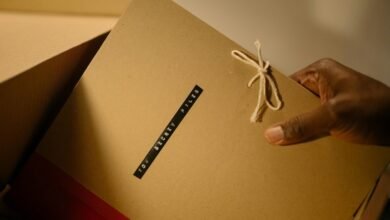Suspicious Hotline Fraud Caller Protection Bureau 3478265650 3896292459 3209033928 3476947584 3444863102 3899316755

The Suspicious Hotline Fraud Caller Protection Bureau has identified a series of numbers linked to fraudulent activities, including 3478265650 and 3896292459. These callers employ various deceptive tactics, often targeting vulnerable individuals. Understanding their strategies is crucial for public awareness. The Bureau plays a significant role in monitoring these threats. However, the question remains: what specific measures can individuals take to safeguard themselves against such scams?
Understanding the Tactics of Fraudulent Callers
How do fraudulent callers manipulate their targets?
They exploit caller psychology by employing various fraud techniques that instill fear, urgency, or trust.
By crafting convincing narratives and presenting themselves as authority figures, these callers disarm their victims, making them more susceptible to providing personal information or financial data.
Understanding these tactics is crucial for individuals seeking to protect their autonomy against such deceptive practices.
Common Scenarios of Suspicious Hotline Fraud
What circumstances typically give rise to suspicious hotline fraud? Common scenarios include unsolicited calls claiming urgent account issues, requests for personal information, or offers that seem too good to be true. These tactics often aim to facilitate identity theft. Increased scam awareness among potential victims can help mitigate risks, emphasizing the importance of skepticism and verification before sharing sensitive information over the phone.
The Role of the Fraud Caller Protection Bureau
The Fraud Caller Protection Bureau serves as a critical line of defense against the rising tide of hotline fraud.
This agency focuses on fraud prevention by employing advanced caller identification techniques to detect and thwart fraudulent activities.
How to Protect Yourself and Report Suspicious Calls
Numerous individuals fall victim to suspicious calls daily, making it essential to adopt protective measures against such threats.
Utilizing call blocking features on mobile devices can significantly reduce unwanted calls. Additionally, individuals should engage reporting tools provided by telecom companies to document and report suspicious numbers.
This proactive approach helps safeguard personal information and contributes to broader efforts in combating fraudulent activities.
Conclusion
In a world where the ringing phone might as well be a siren song luring unsuspecting victims, the Suspicious Hotline Fraud Caller Protection Bureau stands as the valiant knight, albeit armed with little more than a phone book and a keen sense of skepticism. While the art of deception flourishes among crafty callers, individuals are urged to don their armor of vigilance. After all, in the grand theater of fraud, awareness is the best script—and reporting suspicious calls is the encore.



